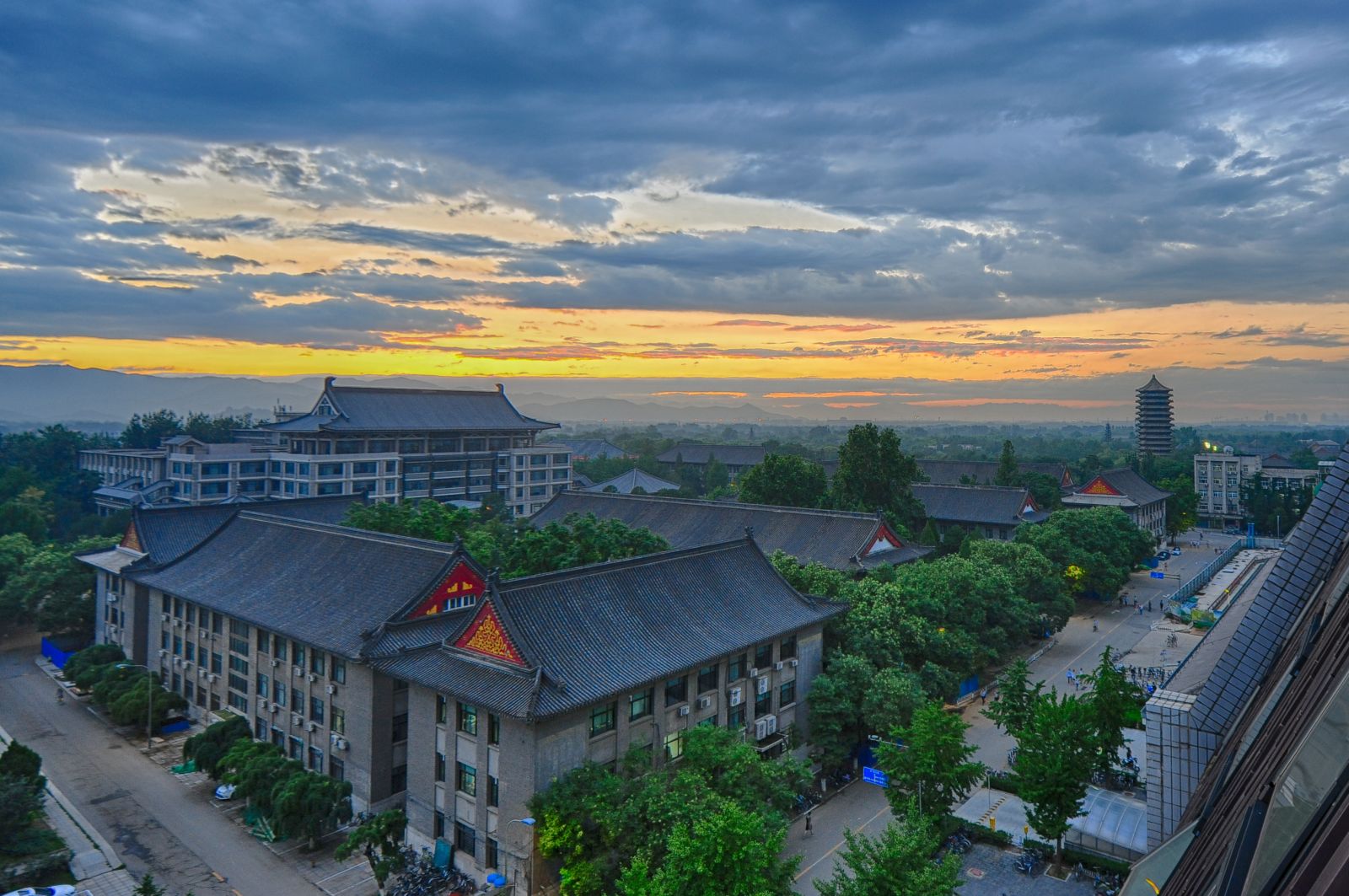Chinese Name: 北京大学 Pronunciation: Běijīng Dàxué
Building Time: 1898
Recommended Visiting Time: 1-2 Hours
Address: No. 5, Yiheyuan Road, Haidian District, Beijing, China
Occupied Area: About 1,950,000 square meters
Admission Ticket Fare: Admission ticket is free, but reservation in advance is required.
Building Function: Peking University (PKU) is the cradle of cultivating high-quality and creative talents, a forefront of scientific research, an important base of knowledge innovation, and a bridge of international exchanges.
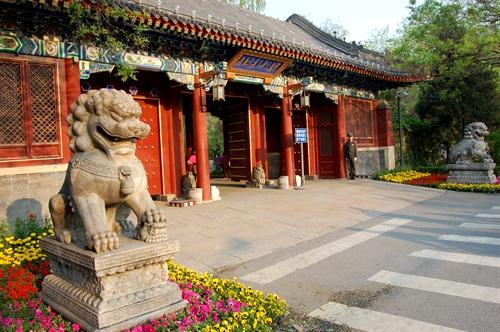
Peking University was built in 1898 with the initial name of Imperial University of Peking. It was the first national university in China and the earliest university established and named as a “university” in modern China. It marked the beginning of Chinese modern higher education. The PKU created the earliest university education of liberal arts, science, politics, business, agriculture, medicine, and other disciplines among Chinese colleges and universities. Since its establishment, the PKU has enjoyed a high reputation and status. In the modern and contemporary history of China, the university witnessed national development. Besides, it has profoundly influenced the historical process of China in the past hundred years.
The main campus of Peking University, also known as Yan Yuan, covers an area of 1.95 square kilometers. It faces the Old Summer Palace to the north and the Summer Palace to the west. Within Yan Yuan, visitors can enjoy themselves in Shuchun Garden, Shao Garden, Langrun Garden, Jingchun Garden, Minghe Garden, Weixiu Garden, Garden of Everlasting Spring, or Chengze Garden. Among them, Yan Yuan was a famous imperial garden in the Ming Dynasty (1368-1644) and the Qing Dynasty (1636-1912).
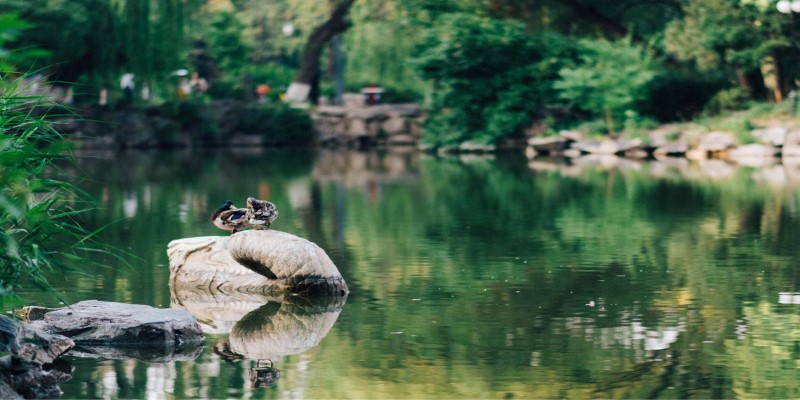
In 1898, the Imperial University of Peking, the predecessor of Peking University, was founded as the highest educational institution in China.
In 1912, the Imperial University of Peking was renamed to Peking University.
In 1917, the famous educator Cai Yuanpei was in charge of Peking University and carried out fruitful reforms.
After the Lugou Bridge Incident in 1937, Peking University, Tsinghua University, and Nankai University moved to Changsha and formed Changsha Temporary University. Soon after, this temporary university was moved to Kunming and renamed National Southwest Associated University.
In October 1946, Peking University reopened in Beijing.
In 1952, Peking University turned itself into a comprehensive university focusing on teaching liberal arts and sciences.
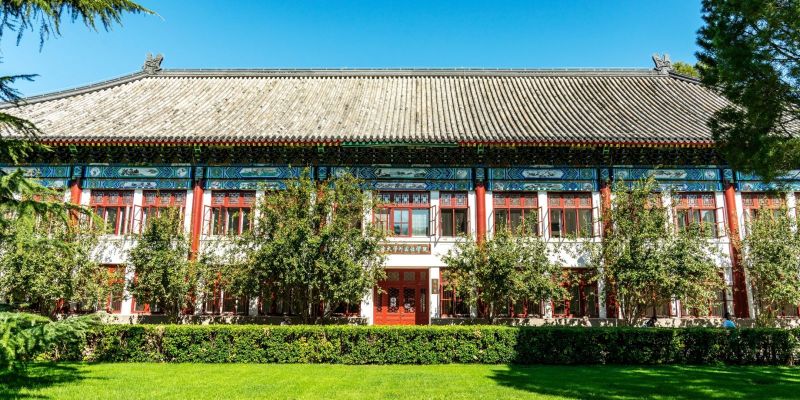
Since the reform and opening up in 1978, Peking University has become one of the universities listed in the national “Project 211”.
In 1998, with the help of the state, Peking University launched the “Plan to Build a World-Class University”.
On April 3, 2000, Peking University merged with Beijing Medical University.
In recent years, Peking University, helped by two educational plans: “Project 211” and “Project 985”, has made remarkable achievements in discipline construction, personnel training, cultivation of the teaching staff, and teaching and research, etc.
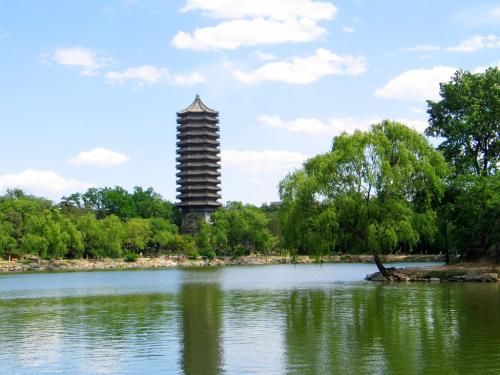
Boya Pagoda situates in the central and eastern part of the Peking University campus. It is to the southeast of Weiming Lake. Boya Pagoda was built in 1924 and previously acted as a water tower. The tower has thirteen stories and stands 37 meters high.
On account of the custom of naming the campus buildings after the donors’ surnames, Boya Pagoda was named after James Porter, the donor of the tower. Today, Boya Pagoda is no longer a water tower, but a symbol of Peking University.
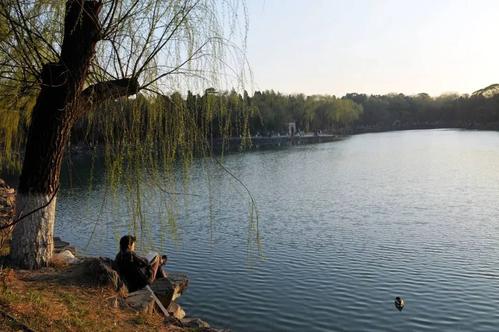
Weiming Lake was once a part of Shuchun Garden in the Qing Dynasty. It, as the largest man-made lake on the campus, is located in the north-central part of the university. It is a U-shaped lake with an island in the middle. The lake was included in the campus planning by designer Henry Murphy in the 1920s and later named by Qian Mu, a respected Chinese scholar.
The roll-tailed stone fish was carved in 1751. The fish is 165 centimeters in length and 87 centimeters in height. In 1860, the invading Anglo-French Allied Forces burned down the Yuanmingyuan Park. Numerous precious cultural relics were looted and sold. The roll-tailed stone fish was also sold and was later bought by Zai Tao, the owner of Langrun Garden. In 1930, graduates of Yenching University bought it back as a gift and put it in Weiming Lake where it has remained up to now.
The alumni of the PKU are spreading all over the world and making great contributions to the world’s social and economic development with their wisdom and power in various industries.
In China, famous alumni of the university include Li Keqiang, Prime Minister of the People’s Republic of China, Tu Youyou, the laureate of the Noble Prize in Physiology or Medicine, Qian Sanqiang, a famous scientist in nuclear physics and academician of the Chinese Academy of Sciences, Wu Wenjun, the winner of the State Preeminent Science and Technology Award, and Li Yanhong (Robin Li), the CEO of Baidu, China’s search engine giant.
Visitors should take care of the campus environment and protect public property.
Visitors should not make loud noises or drop litter on the campus.
Visitors should also abide by campus safety management regulations and do not interfere with the normal teaching, research, and living order of the university.
Shared bikes are forbidden on the campus.
Visitors are required to make a reservation in advance by real name through the WeChat Official Account.
Take bus 332, 424, 584, 644, 686, or 688 and get off at Beijing Daxue Ximen Station.
Take Metro Line 4 and get off at Beijing Daxue Dongmen Station.
Chinese: 请带我去北京大学。English: Please take me to Peking University.
If you go to Peking University from the center of Beijing (Grand Hyatt Beijing), it takes about 50 minutes (about 55 yuan).
If you go to Peking University from Beijing Capital International Airport, it takes about 40 minutes (about 110 yuan).
If you go to Peking University from Beijing Daxing International Airport, it takes about 1 hour (about 230 yuan).
If you go to Peking University from Beijing West Railway Station, it takes about 25 minutes (about 45 yuan).
